Working for bright horizon
The message was made by the Ministry of Natural Resources and Environment (MoNRE), on the occasion of the world’s International Day for the Preservation of the Ozone Layer on September 16, whose theme was “Ozone layer protection: governance and compliance at their best”.
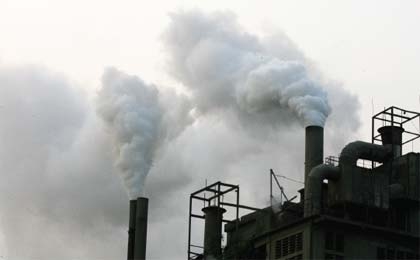 |
| Vietnam’s industrial machine is working to meet ozone guidelines |
Nguyen Khac Hieu, deputy general director of the MoNRE’s Agency for Meteorology Hydrology and Climate Change (AMHCC), said that Vietnam pledged to continue strictly abiding by the United Nations’ Montreal Protocol on substances that deplete the ozone layer, which was globally recognised as the most effective multilateral environmental treaty approved by 196 countries.
The protocol aims to eliminate production and use of substances that deplete the ozone layer including chlorofluorocarbon (CFC), halon, carbontetrachloride (CTC), hydrochlorofluorocarbon (HCFC) and methyl bromide, of which CFC, halon and CTC was totally eliminated in January 1, 2010 and HCFC will be totally eliminated by 2040.
“Vietnam, which approved the Montreal Protocol in January 1994, is strictly taking measures and implementing policies to protect the ozone layer,” said Hieu, who is vice chairman of the National Steering Committee for the United Nations Framework Convention on Climate Change and Kyoto Protocol.
HCFC, which includes R-22, R-123, R-141b, are still used in Vietnam. R-22 is used in freezing equipment and air conditioners. The country is home to 10 air-conditioner manufacturing enterprises, 23 enterprises making freezing equipment, and 600 enterprises using freezing equipment.
Vietnam’s used HCFC volume was 3,300 tonnes in 2009 and is expected to be 3,700 tonnes in 2010 and 5,000 tonnes in 2015. Meanwhile, under the Montreal Protocol, Vietnam is allowed to use over 3,500 tonnes of HCFC in between 2011-2012, 3,500 tonnes of HCFC in between 2013-2014, some 3,150 tonnes of HCFC in between 2015-2019 and 2,275 tonnes of this substance in between 2020-2024.
At present, international organisations’ ozone-related multilateral funds for Vietnam sits at $7.3 million, which have been used for supporting many enterprises and local agencies related to manufacturing, repairing and managing freezing equipment.
According to the World Bank, Vietnam will need $20 million over the next 15-20 years to totally eliminate the use of HCFC substances in the country.
What the stars mean:
★ Poor ★ ★ Promising ★★★ Good ★★★★ Very good ★★★★★ Exceptional
Related Contents
Latest News
More News
- Industrial parks within Vietnam keen on Taiwanese investment (April 17, 2024 | 23:00)
- Vietnam can emulate Taiwanese high-tech success (April 17, 2024 | 21:00)
- Capital influx from Taiwan builds up steam in Vietnam (April 17, 2024 | 19:00)
- Chip industry taking on new players (April 17, 2024 | 16:38)
- Support rises in semiconductor chip development in Vietnam (April 17, 2024 | 16:00)
- Beacon Investment Fund to expand Lotus Group's F&B operations (April 17, 2024 | 11:09)
- Public investment progress requires a stronger thrust (April 17, 2024 | 09:21)
- Disbursement delay deemed unacceptable (April 17, 2024 | 09:13)
- Lack of sand prompts alternatives for traffic projects (April 17, 2024 | 08:00)
- Vietnam asks Apple to make it global production base (April 16, 2024 | 16:11)

 Tag:
Tag: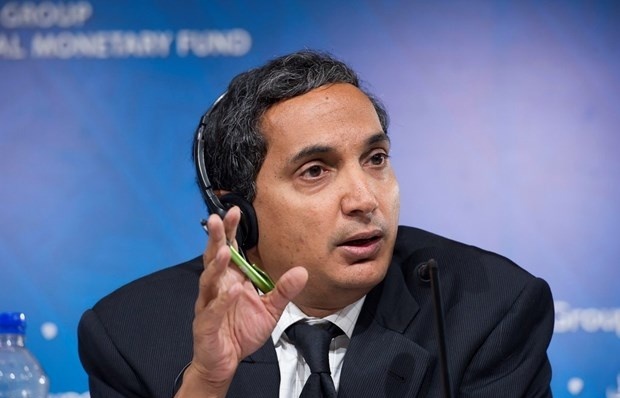
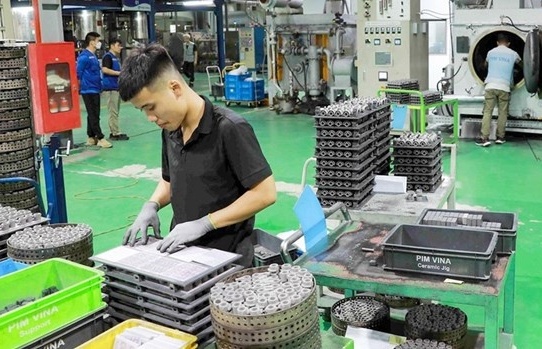
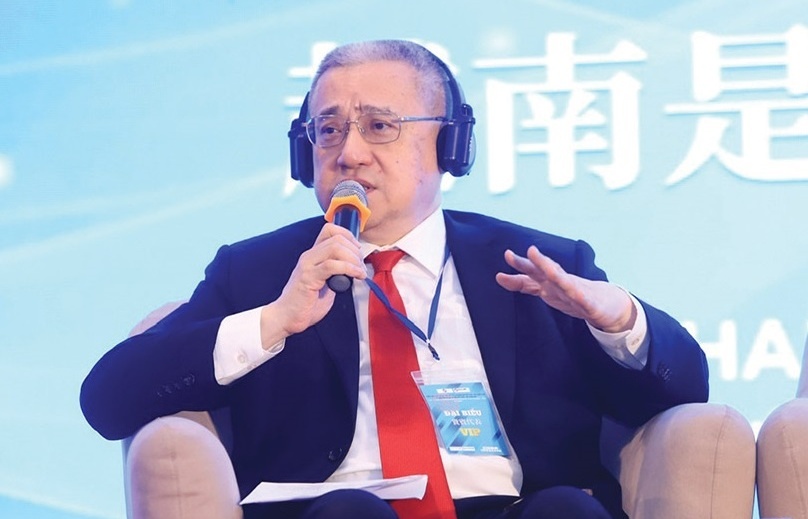
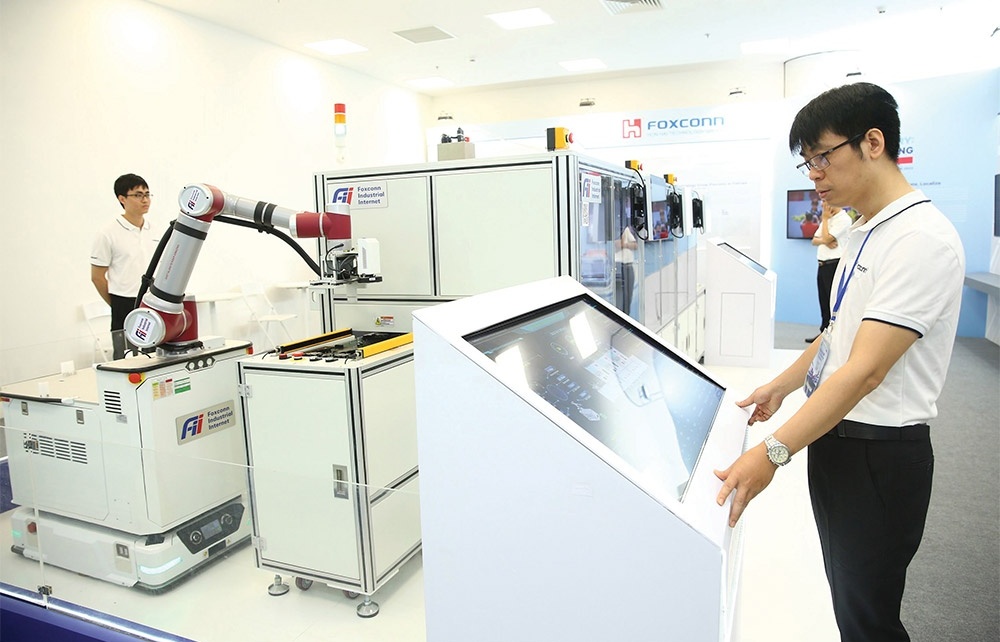
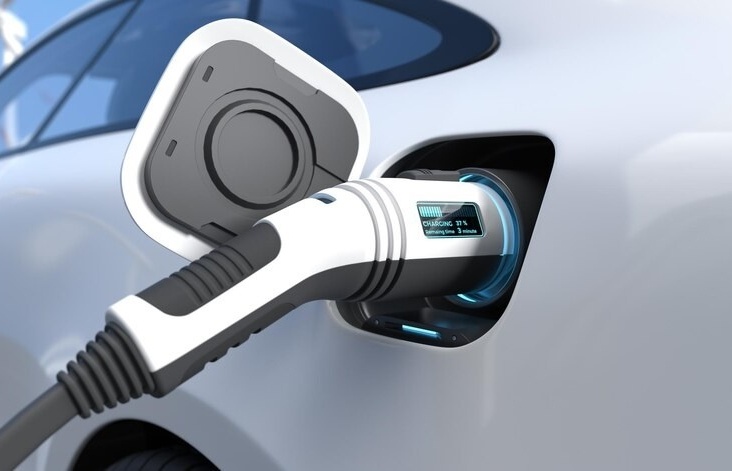
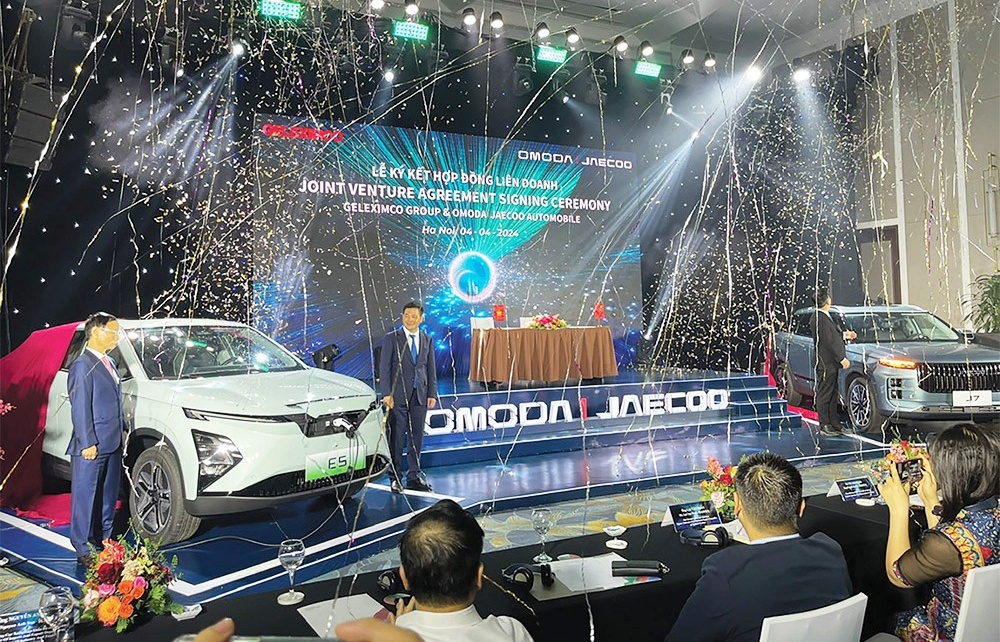

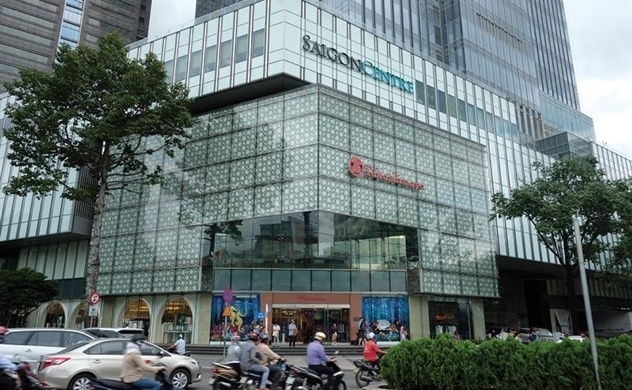
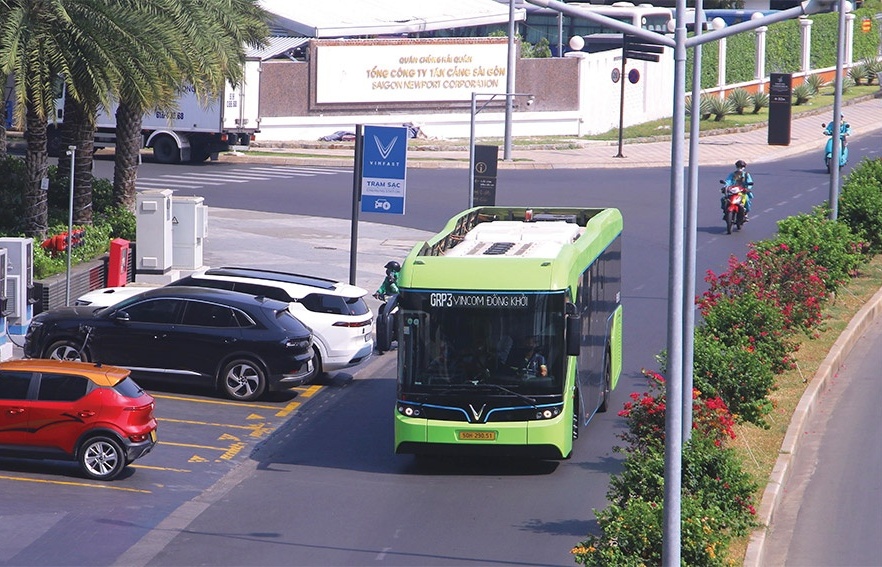








 Mobile Version
Mobile Version